The Spearmint Oil Market is characterized by a dynamic competitive landscape, driven by increasing consumer demand for natural and organic products. Key players such as Young Living (US), doTERRA (US), and Plant Therapy (US) are at the forefront, each adopting distinct strategies to enhance their market presence. Young Living (US) emphasizes innovation in product development, focusing on high-quality sourcing and sustainable practices, which resonates well with environmentally conscious consumers. doTERRA (US), on the other hand, leverages a robust direct sales model, fostering a community-driven approach that enhances customer loyalty. Plant Therapy (US) positions itself as a value-driven brand, offering a wide range of essential oils at competitive prices, thereby appealing to budget-conscious consumers. Collectively, these strategies contribute to a moderately fragmented market structure, where differentiation is increasingly based on quality, brand reputation, and customer engagement.
In terms of business tactics, companies are increasingly localizing manufacturing and optimizing supply chains to enhance efficiency and reduce costs. This trend is particularly evident in the Spearmint Oil Market, where companies are seeking to minimize their carbon footprints while ensuring product availability. The competitive structure remains moderately fragmented, with several players vying for market share, yet the influence of major companies is significant, shaping consumer preferences and market trends.
In August 2025, Young Living (US) announced the launch of a new line of organic spearmint oil products, which underscores its commitment to sustainability and innovation. This strategic move not only enhances its product portfolio but also aligns with the growing consumer preference for organic and ethically sourced products. The introduction of these products is likely to strengthen Young Living's market position and attract a broader customer base.
In September 2025, doTERRA (US) expanded its The Spearmint Oil Market with a new distribution center in Germany. This strategic expansion is indicative of doTERRA's ambition to tap into the growing European demand for essential oils, particularly in the wellness sector. By establishing a local presence, doTERRA aims to improve supply chain efficiency and enhance customer service, which could significantly bolster its competitive edge in the region.
In July 2025, Plant Therapy (US) launched a digital marketing campaign aimed at educating consumers about the benefits of spearmint oil. This initiative reflects a broader trend towards digitalization in the market, as companies seek to engage consumers through informative content and social media platforms. By positioning itself as a thought leader in the essential oils space, Plant Therapy is likely to enhance brand loyalty and drive sales growth.
As of October 2025, the Spearmint Oil Market is witnessing trends such as digitalization, sustainability, and the integration of artificial intelligence in marketing strategies. Strategic alliances among companies are becoming increasingly common, facilitating knowledge sharing and resource optimization. Looking ahead, competitive differentiation is expected to evolve, with a shift from price-based competition to a focus on innovation, technology, and supply chain reliability. Companies that can effectively leverage these trends will likely secure a more prominent position in the market.


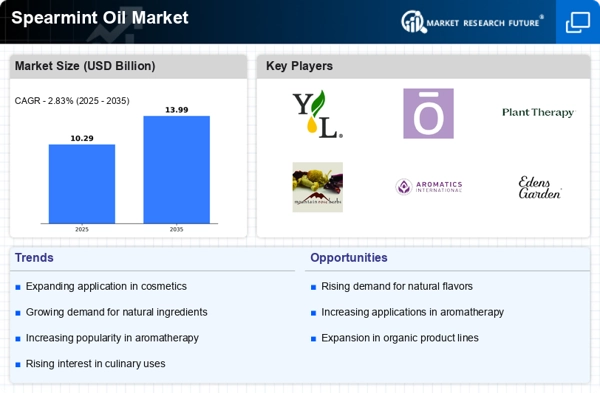

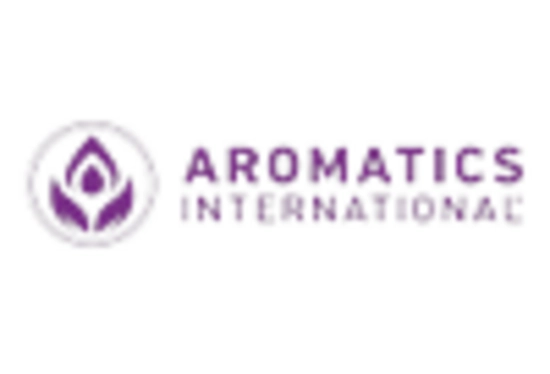
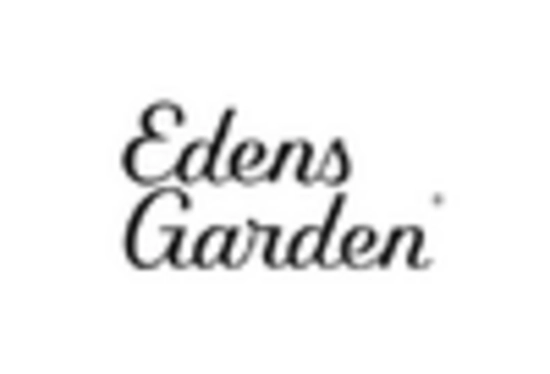
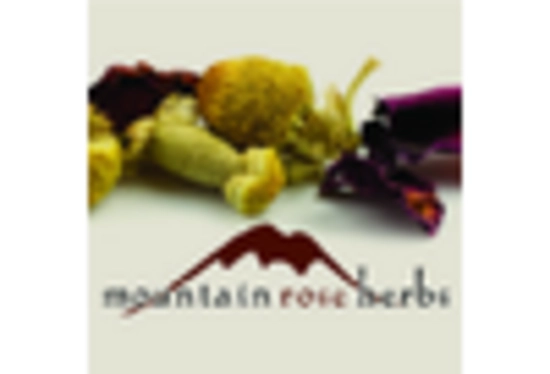

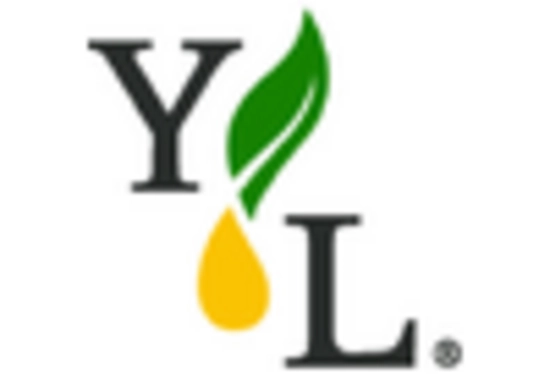
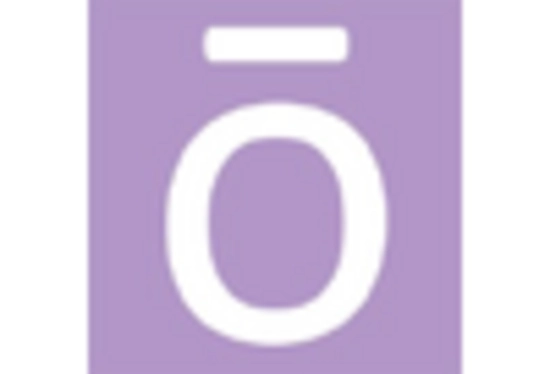








Leave a Comment